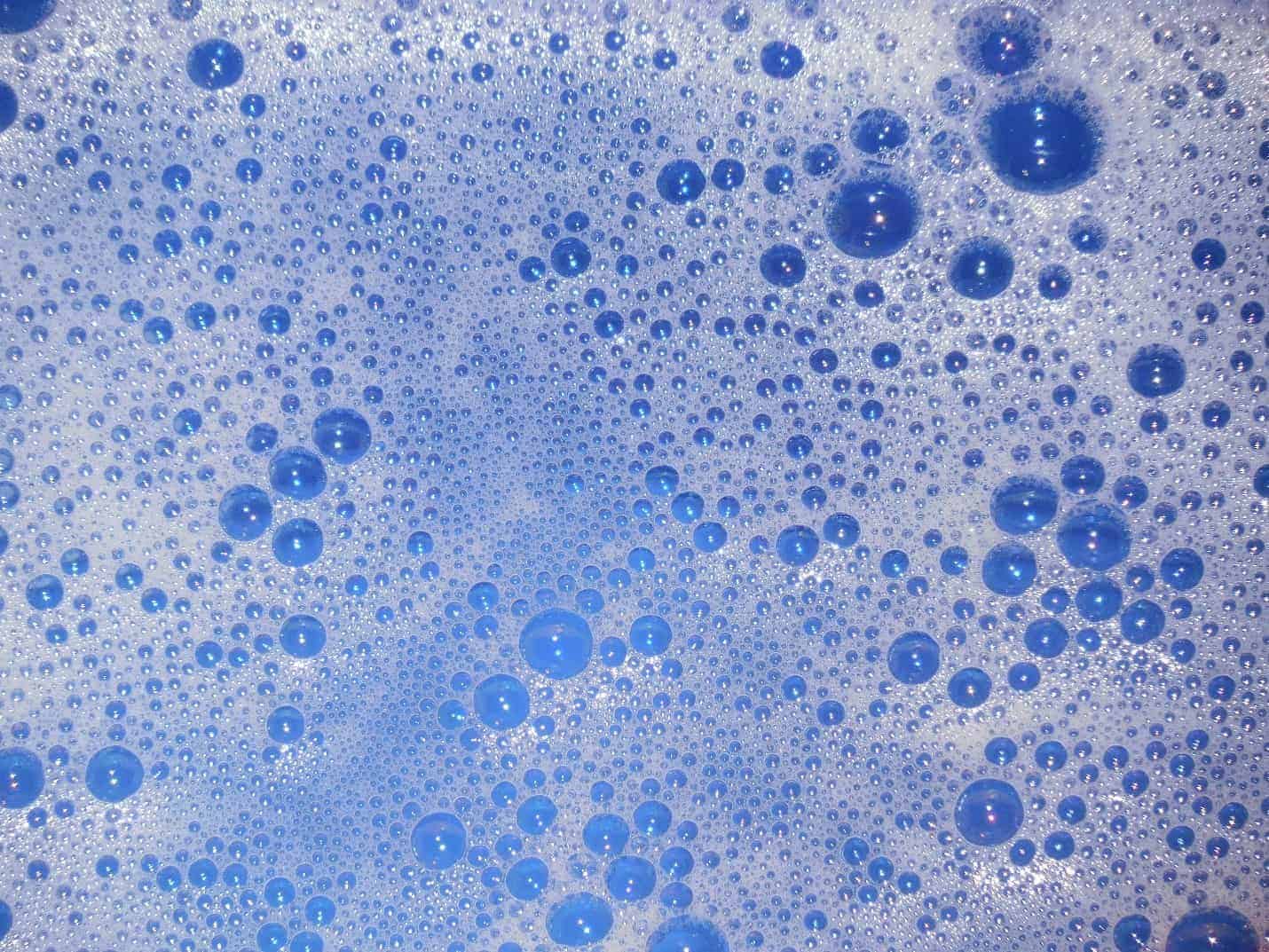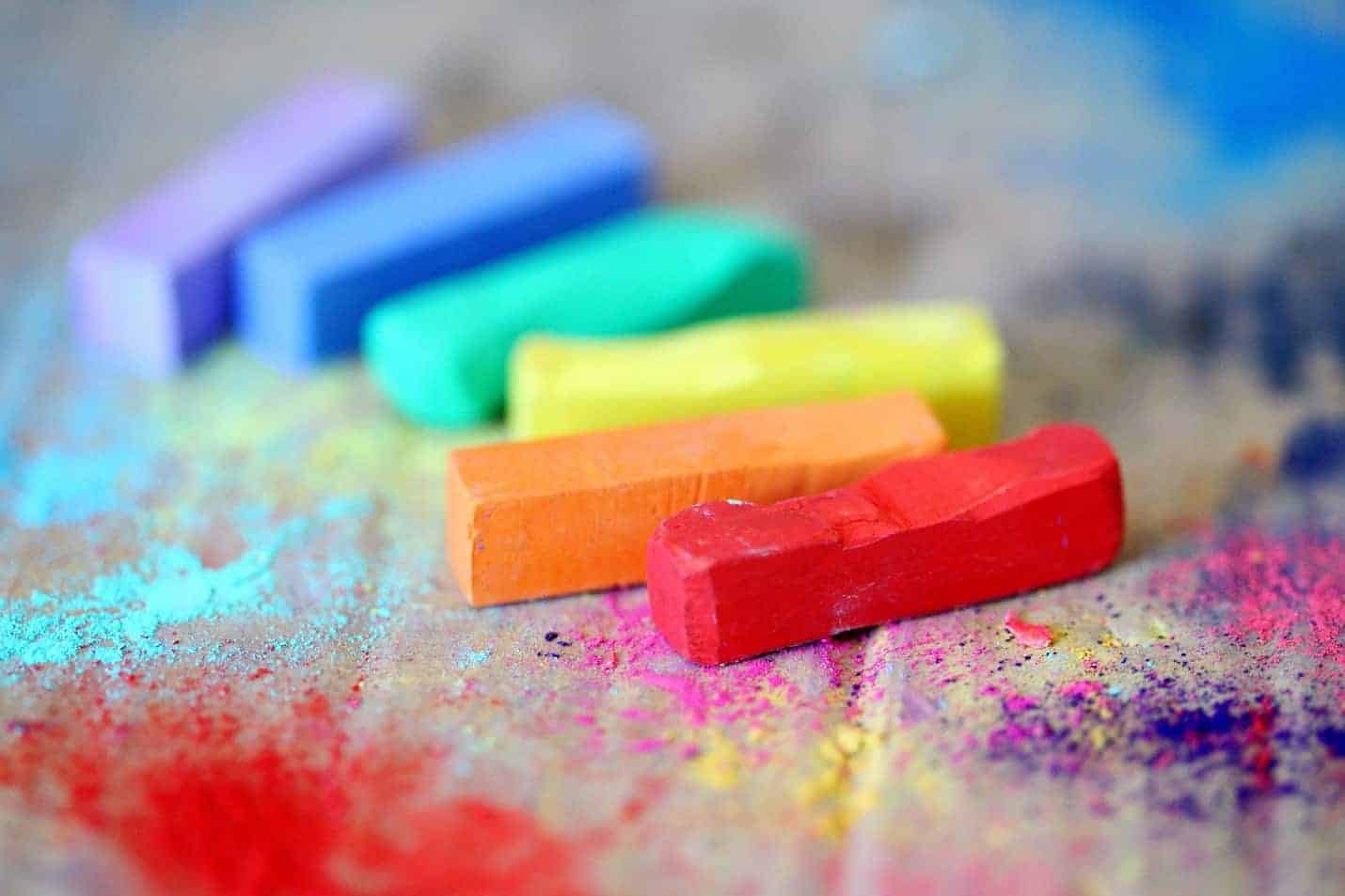
Now that all the frenzy from the holidays and New Year celebrations are over and everything is back to normal, most homeowners spend time getting their home back in order. Once the house is empty you start to notice things like how dirty the floors are or stains and fingerprints on the walls.
If the walls have been recently painted, there’s no need to have them repainted to get rid of a few stains. Regularly cleaning walls extends or restores the longevity of a paint job. Whatever the stain, following these tips will make your walls look new again without damaging the paint.
5 Tips for Cleaning Painted Walls
Preventative maintenance is key to having clean baseboards, trim, and walls. The number one tip to removing stains is to act quickly. Also, a gentle touch is required so you don’t rub off the paint and make your walls look even worse.

- Consider the Type of Paint -
The type of paint used on the walls in your home can determine how difficult cleaning them will be. Both water-based and oil-based paints can be cleaned if the proper tools and solutions are used. However, you should always test any cleaning solution you use in a hidden area no matter what type of paint is on your walls.
Before washing a painted wall, know the finish or paint sheen on the wall. The sheen level will determine the approach to cleaning your walls. High-gloss finishes are easier to clean than other finishes. Using water on a high gloss finished wall will not show streaks or remove the paint. Flat, satin or eggshell finishes can be damaged if rubbed too hard. It will leave behind discolored or faded spots on the wall. - Cleaning Tools Required -
To get the best results when cleaning painted walls, soft sponges and cloths without dyes are recommended. Microfiber cloths are good choices. Never use bristle brushes as they can scratch the surface.
If possible, stay away from using harsh chemicals or alcohol as your cleaning solution. These ingredients can break down the paint and surface. Besides, you don’t want to ruin your walls with streaking or paint damage.
Gentler cleaning solutions that can be used to clean painted walls include water and the following combinations of other ingredients mixed in a bucket or container:- Dish detergent and warm water
- Vinegar and warm water
- Vinegar, baking soda, and warm water
If there are stubborn stains on the walls in the kitchen, a degreaser may be needed to remove them. Magic erasers are good for removing crayon marks that children usually put on walls. However, use them with caution, as they may leave behind very tiny scratches and dull the sheen of the surface.
- Prep the Walls -
Before soaking the walls with water, it’s important to remove any dust or loose dirt on the wall. A lambswool duster, dust mop, or bristle-brush attachment on a vacuum cleaner can be used. Start at the top of the wall and work your way down. This will prevent the dust from redepositing on other parts of the wall.
Laying towels at the bottom of the wall helps protect the baseboards and floor from any cleaning solution that may drip. - Wash the Walls -
Before rubbing the sponge or cloth on the wall, squeeze out excess water. Dripping can leave water streaks on your wall. For light cleaning, warm water will get the job done. More stubborn stains that most homeowners encounter include:- Water stains
- Steam marks
- Crayons and markers
- Grease and oil marks
- Food stains
- Fingerprints
- Mold
Typical kitchen stains such as grease or oil marks can be stubborn to remove with a water mixture. If there are stains that need more than just water to remove, baking soda and water paste can be applied in a circular motion. The next option would be to use a degreaser. A degreaser is a cleaning product specifically designed to cut through oil and grease.
If there is mold on your walls, it must be treated immediately. If not, it can continue to grow and release more mold spores into the air and cause health issues. Mold can be removed with water and a combination of vinegar or bleach. If the mold returns, it may be time to use mold removal products found in home improvement stores or call a mold remediation expert.
- Rinsing -
After the walls have been washed, rinse them with clear and clean water. If you don’t, the cleaning solution will dry, leaving residue on the walls. Replace the water, as needed, to prevent dirty water from drying on the walls.

Need a Paint Touch-Up?
If your walls are beyond repair and cleaning them just does not work anymore, Walla Painting can repaint them. Our professional painters exhibit excellent workmanship and always leave customers with the best results. Contact us today for a free estimate.
